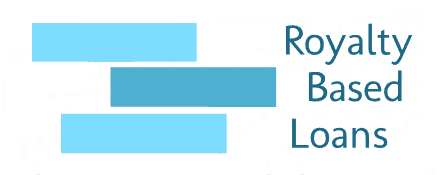What is a SaaS-based financial model?
SaaS-based financial model is nothing but a subscription-based financial model where the revenue generated is recurring and paid in a pre-decided interval. It’s typically calculated in terms of Monthly Recurring Revenue and Annually Recurring Revenue, or MRR and ARR, respectively.
MRR
This is probably the most important measure of a SAS company’s success monthly recurring revenues. MRR stands for monthly recurring revenue which is the revenue earned per month. The only difference between MRR and ARR is, ARR is 12 x MRR. That’s really all there is to it. Your MRR is determined by how quickly you are able to grow on a month-to-month basis.
Example: If your monthly recurring earning is $100 then your MRR is $100/month
Example 2: If another customer is paying you annually, single amount per year. Say that yearly fee is $1000.
Then, your MRR = 1000/12 = $83 per month in MRR
Total revenue in the above case is $1000 + $100 = $1100
whereas, the Total MRR is equal to $100+$83 = $183………(1)
What Potential investors or VCs looks into your MRR ?
The investor, finance or a VC will potentially look for MRR growth.
ARR (annual recurring revenue)
ARR (annual recurring revenue) is the value of the recurring revenue of a business’s term subscriptions normalized for a cyclic period. This essentially means your ARR = MRR x 12 is typically adopted by subscription businesses with multi-year agreements.
Example: So, using the above example our MRR was $1100; which brings us to our ARR which is equals to $183 x 12 = $2200….(from 1)
ARPC (Average revenue per customer)
Average revenue per customer is calculated using the past example where : Total MRR is equal to $100+$83 = $183….(from 1)
CLV (Customer lifetime value)
ACV
ACV stands for annual contract value, it is basically the average annual contract value of a customer subscription. As the name suggests, it is typically used by businesses that focus on yearly or multi-year subscription plans.
Churn rate or Attrition
Churn rate is the rate at which customers discontinue the services or cancels the subscription. Churn rate is essential as it is very important to calculate the churn rate as the monthly revenue from ongoing subscriptions is a far better income stream to count on than new customers attracted via costly acquisition strategies.
Total No. of customer canceled / Total No of customers you have
So, considering 5 cancellations out of 100 total customers, we can calculate churn rate as
Churn rate = 5/100 x (100) =5% Churn rate every month.
Conversely, an average customer can remain with you is 1/0.5 equals to 20 months…..
1. Existing subscribers and the renewal rate
This is the driving factor for a SaaS-based or subscription-based business because the majority of the revenue would be coming from the existing customer.
Say for example Netflix: They had a customer base of 20 Mn active subscribers worldwide, so in the next month, unless they acquire 2 Mn more subscribers (doubling its subscriber base) its share of existing users will be the largest source of revenue.
2. New Subscribers and their renewal rate
The new subscribers come, and they may renew in the next month or payment cycle or they may not. The one which stays (renews) increases the revenue. A company will always try to have new customers on board with the rate faster than the previous month.
3. Increased Monthly Fees and Pricing
The increase in annual or monthly subscription prices can result in an increase in the revenue margin. The price hike beyond a certain band can result in loss of subscription, it may also happen that a company may drop down the subscription price to acquire new subscribe
Avail revenue based financing and payback from the revenue percentage agreed upon
